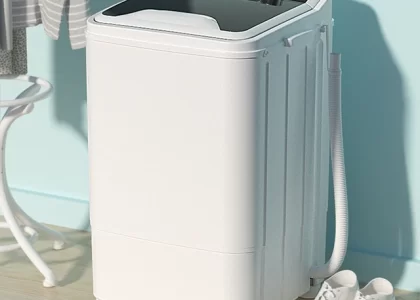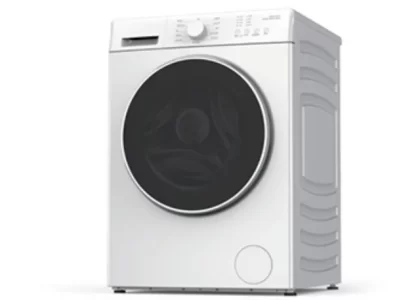 Introduction:
Introduction:
Installing a washing machine may seem like a daunting task, but with proper guidance and preparation, it can be a straightforward process. Proper installation ensures the optimal functioning of your washing machine and helps prevent potential issues down the line.
Pre-Installation Preparations:
Selecting the Installation Location:
Choose a suitable location for your washing machine that provides adequate space, ventilation, and easy access to utilities. Ensure the floor is level and strong enough to support the weight of the machine.
Measuring and Clearing the Space:
Measure the available space to ensure the washing machine will fit properly. Clear the area of any obstacles or debris that may hinder the installation process.
Reading the Manufacturer’s Instructions:
Familiarize yourself with the manufacturer’s installation instructions, as they may contain specific requirements and recommendations for your particular washing machine model.
Gathering the Necessary Tools and Materials:
Review the manufacturer’s instructions to determine the tools and materials required for installation. Common tools include a wrench, pliers, screwdriver, and level.
Ensure you have the necessary electrical and plumbing materials, such as hoses, clamps, and connectors, as specified by the manufacturer.
Connecting the Water Supply:
Turn off the main water supply before beginning the installation process.
Connect the hot and cold water hoses to the corresponding water supply valves. Use Teflon tape to ensure a tight seal.
Attach the other end of the hoses to the inlet valves on the back of the washing machine. Secure them with the provided clamps, ensuring a snug fit.
Open the water supply valves and check for any leaks. Tighten connections further if necessary.
Run a test cycle to ensure proper water supply and drainage.
Electrical Connections:
Turn off the power at the main electrical panel before connecting the washing machine to the electrical outlet.
Check the voltage and amperage requirements specified by the manufacturer to ensure compatibility with the electrical outlet.
Connect the washing machine’s power cord to a properly grounded electrical outlet. Ensure a secure connection and avoid using extension cords whenever possible.
Leveling the Washing Machine:
Place a level on top of the washing machine to check for proper alignment and balance.
Adjust the feet of the washing machine to level it. Use a wrench or pliers to extend or retract the feet as needed until the machine is level in all directions.
Rock the machine gently to ensure it is stable and does not wobble. Make further adjustments if necessary.
Drainage and Ventilation:
Ensure that the washing machine’s drain hose is properly connected to a drainpipe or utility sink. Use a hose clamp to secure the connection.
Confirm that the drainpipe has adequate slope to allow proper drainage and prevent water backup.
Check that the ventilation ducts are clear and unobstructed to allow proper air circulation around the washing machine.
Post-Installation Testing:
Run a test cycle with a small load of laundry to ensure the washing machine is functioning properly and there are no leaks or operational issues.
Check for any unusual noises, vibrations, or error codes during the test cycle. Refer to the manufacturer’s instructions for troubleshooting or contacting customer support if needed.
Maintenance and Safety:
Follow the manufacturer’s recommendations for regular maintenance, including cleaning the drum, dispensers, and filters.
Regularly inspect the water supply hoses for any signs of wear or leaks. Replace them every few years or as recommended by the manufacturer.
Keep the area around the washing machine clean and free from debris to prevent potential damage and ensure optimal performance.
 Conclusion:
Conclusion:
Proper installation of a washing machine is essential for its optimal functioning and longevity. By following the steps outlined in this comprehensive guide, you can successfully set up your washing machine and ensure a smooth laundry experience. From pre-installation preparations to connecting the water supply and electrical connections, each step plays a crucial role in the installation process. Regular maintenance and adherence to safety guidelines will help keep your washing machine running smoothly for years to come. Enjoy the convenience and efficiency of a properly installed washing machine and achieve clean and fresh laundry with ease.




